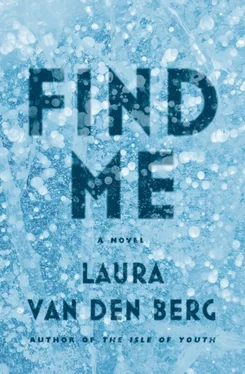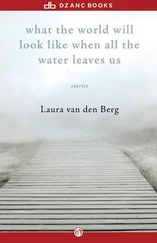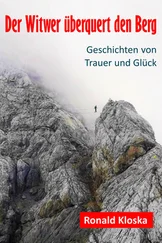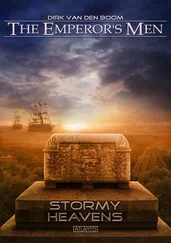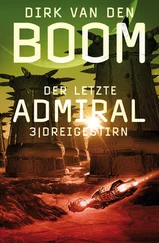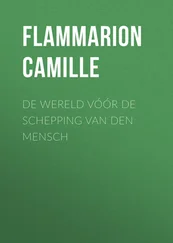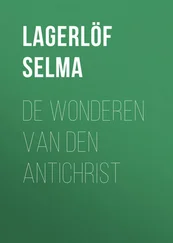* * *
I stand in the mouth of my bedroom closet and run my hands over the scrubs. I watch the white ones sway on their wire hangers, as though invisible bodies are occupying them. I go into our bathroom and turn the sink water on and off. The floors are cool tile. The shower curtain is a wisp of white plastic. This faucet does not leak.
In the bathroom, I hear another one of the Pathologist’s meditations. WITH OPEN HANDS I WELCOME THE CONTINUATION OF LIFE.
I sit on the bedroom floor and poke myself in the knee, numb with boredom.
I thought I knew about boredom in my old life, but I was wrong. I knew about lulls in the action, stretches of stillness, but I did not know what it was like to feel time become a wet, heavy thing. I did not know days so long and familiar, you find yourself holding your breath until you’re dizzy and flushed, all for your own amusement.
There is no cough syrup in the Hospital, nothing to soften the borders of the mind.
A nightmare becomes a nightmare when you start to believe it will never end. In our contracts, there is an ending, but sometimes, when I’m lying awake at night, I wonder.
I’m saved when the twins come to see how I did on the test. The boys live in the room next door. They are ten and their parents are dead. They have no other family. They are orphans, signed away to the Hospital by a social worker.
The summer before the sickness came, they went to Hawaii with their parents. Now all they want is to go back. They draw maps — patchworks of blue and green, with black cones to mark the volcanoes — and get the nurses to hang them on their walls. They make leis from toilet paper and request pineapple rings in the Dining Hall. For hours they watch the Discovery Channel in the Common Room and sift through the encyclopedias in the library, in search of anything to do with Hawaii.
The twins have taught me that Hawaii, with so much water between its islands and the rest of America, has the fewest cases of the sickness. Hawaii is the only state that grows coffee. Astronauts trained for moon landings on the hardened lava fields of Mauna Loa. The island of Molokai used to be a leper colony. The oldest Catholic church in America stands in Honolulu.
In East Somerville, I would go to the evangelical church near my apartment and stand on the sidewalk and listen to the people singing inside. The sign above the door was in Spanish and there was an image of a cross draped in white cloth, except the cloth looked more like flames.
“Did you know all the answers?” Christopher says.
“I don’t think it was that kind of test.”
“I wish there were questions about Hawaii,” Sam says. “Then we would have known the answers for sure.” Their haircuts are still growing out and their scrubs are too big. The sleeves fall to their elbows and they’re always pulling at their waistbands.
“Who knows what Dr. Bek does with all these results, anyway,” I say.
“He wants to make sure we don’t have zombie personalities,” Sam says.
The boys love to pretend they’re zombies. I’ll hear a groaning in a hallway and find the twins staggering around, arms raised and straight, mouths open wide. I’ll tell them to stop, that they’re being creepy, but they just call out “Garrr!” and chase me down the hall.
“If he’s checking for zombie personalities, you’re both in trouble,” I tell them.
“We didn’t just come here to talk about the test.” Christopher closes the door. He drops his voice to a whisper. “We have something to tell you.”
“Yes?”
“We’re digging a tunnel in our room.”
I stand and swing my arms in circles, to get the blood flowing. I don’t often use my body in the Hospital. Regardless of taste, I eat everything at every meal. My stomach is as soft as a sponge.
“What do you mean a tunnel?”
The boys smile, baring their front teeth. They have round eyes and sprays of freckles on their throats.
I follow them to their room. In the hallway, Louis is timing Paige. As she runs, the arms of her scrubs flap like wings. There’s a flush in her cheeks; I can see tendrils of muscle in her neck. So healthy, so alive. Louis is holding the wall clock he poached from a storage closet. The hour is wrong, but the second hand works for timing. He cheers as she blows past me and the twins, raising the clock over his head like a trophy. A cluster of patients from our Floor Group applaud.
In their room, Christopher rolls away the white medicine cabinet, the wheels squeaking, and peels back a square of linoleum. The thin, pink skin between his fingers turns translucent in the light. The three of us kneel by the site. The matter underneath the linoleum is brown and sticky, artificial dirt. In the center, the digging has already started, the opening as wide as a coffee saucer.
Christopher explains the next step is peeling up more linoleum and widening the hole. He has a tiny mole on his upper lip, the only way a stranger could tell the boys apart. “Eventually we’ll hit an air-conditioning duct.”
The boys know an unusual amount about building structure. Their father was an architect. They grew up surrounded by blueprints and scale models, compasses and triangles. Instead of a fairy tale, their father would unroll a set of plans and tell them the story of how a building is constructed.
“And then?” I imagine big silver ducts curled inside the Hospital like snakes.
“We’ll have what we need.”
“For?”
“To go to Hawaii. Of course.”
I look at the drawings lined up on the wall. In one, there’s an outdoor movie screen with cars parked in front. A headless, footless figure, drawn in thick red crayon, hovers nearby. According to the boys, this is a drive-in theater on Waialae Avenue, the most haunted place in Hawaii. A ghost lives in the mirror in the women’s bathroom and drives people insane from the terror of checking their own reflections and finding a ghost in the glass.
“What are you going to do with all the dirt?” Hawaii is too absurd to even address. In Kansas, we are thousands of miles away.
“We’re flushing it down the toilet,” Sam says.
The bathroom door is shut, and I think I hear a gurgling inside.
“Bad idea,” I say.
The twins press the linoleum square back into place and roll the medicine cabinet over it.
We hear shouting in the hallway, the thumping of fists on walls. As the months progress, as the land around us gets colder, that sound is becoming less and less unusual. We stay close to the hole. We wait out the danger. When the shouting stops and we go back into the hall, into the shock of light, there are no patients, no running Paige, no sign at all of what might have caused the disturbance.
That night, I walk the hallways, even though we only have thirty minutes until Lights Out. I go up to the sixth floor, where the hall is empty and I can hear patients rustling behind closed doors, and back into the dark stairwell and down to my floor, where the twins are zombie-walking. They sway and gurgle, their pale fingers wiggling. From the end of the hallway, I watch their approach. N5 appears from behind a door and herds them into their room. “Lights out,” she calls through her suit, like a train conductor announcing the next station.
On the speakers, the Pathologist is telling us how well we have done today. GOOD TEST, he purrs. Does it seem strange that we’ve all accepted the voice of this man we’ve never seen? Does it seem strange that we don’t look up at the speakers and say, Who the fuck are you to be talking to us?
At night, his voice is like a lullaby.
I wonder what the nurses and Dr. Bek do after the patient floors go dark, after they have been rinsed and stripped of their suits, become recognizably human again. Maybe they perform the tests on themselves and try to see inside their own minds. Maybe they lie around naked and relish the feeling of being bare-skinned and free.
Читать дальше
